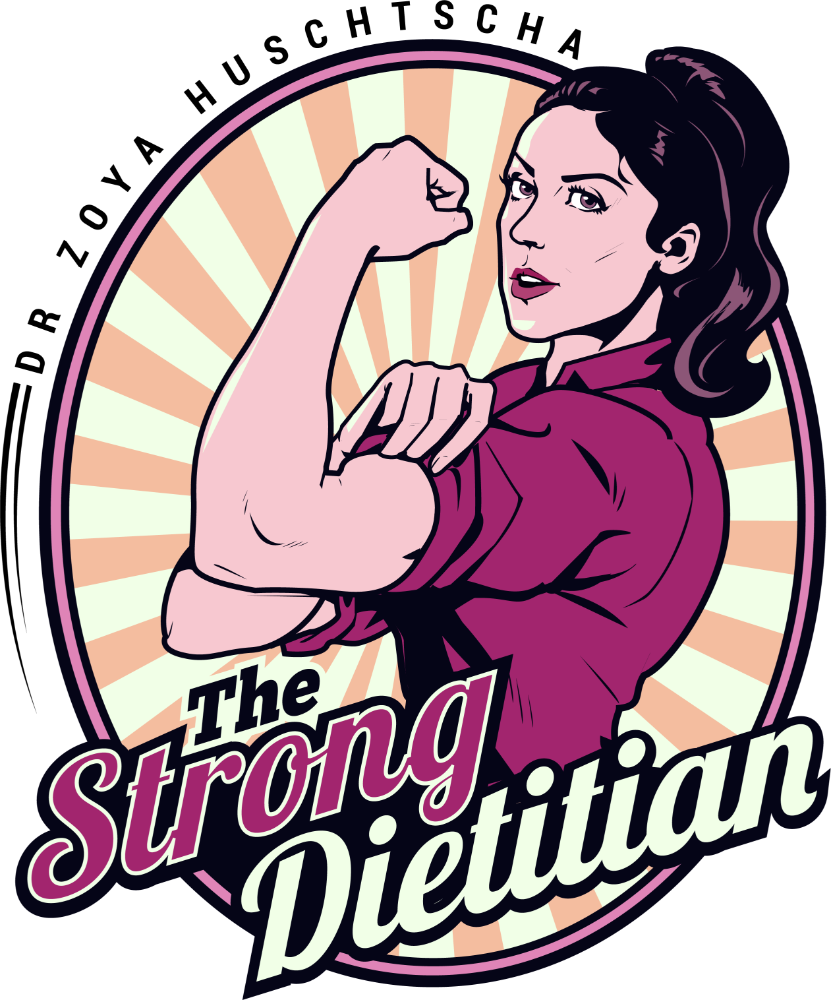Mastering the Art of Reading Food Labels: A Comprehensive Guide
Dec 23, 2024
Understanding food labels can help you take control of your health by making it easier to choose healthier foods.
In Australia, there are four main tools you’ll find on packaged products:
-
Nutrition Information Panels (NIPs) (compulsory)
-
Ingredients List (compulsory)
-
Daily Intake Guide (voluntary)
-
Health Star Rating (voluntary)
In this post, I’ll walk you through how to read the Nutrition Information Panel and Ingredients List, what to look out for, and how to make better choices.

Reading food labels
The Nutrition Information Panel shows the average amount of:
-
Energy (in kilojoules or calories — sometimes both)
-
Protein
-
Total fat and saturated fat
-
Carbohydrates and sugars
-
Sodium (salt)
These values are displayed per serve and per 100 g or 100 mL.
If a product makes a nutrition claim (e.g., “high in fibre”), it must also show the amount of that nutrient.
Understanding Serving Sizes
Serving sizes are set by the manufacturer — they don’t necessarily reflect how much you will actually eat!
It's important to:
-
Check how many servings are in the packet.
-
Compare the listed serving size to how much you usually consume.
Example:
Oak Chocolate Milk (600 mL carton) lists 2 servings per carton.
The nutrition panel shows 1128 kJ (268 calories) per serve, not per carton.
If you drink the whole carton (which most people do!), you’re actually consuming double — around 2256 kJ (536 calories) — which could easily blow your daily calorie target without realising it.

Unravelling Ingredients Lists
Every packaged food in Australia and New Zealand must have an ingredients list.
Here’s how to make sense of it:
1. Sequence Matters
Ingredients are listed in descending order by weight.
If sugar, salt, or fat appears early in the list, the product likely contains a lot of it.
2. Hidden Names to Watch For
Manufacturers often use different names for sugar, salt, and fat.
Here’s what to look for:
-
Salt:
Baking powder, celery salt, garlic salt, onion salt, vegetable salt, yeast extract, MSG, rock salt, sodium nitrate. -
Saturated Fat:
Beef tallow, butter, cream, coconut oil, palm oil, hydrogenated oil, margarine, milk solids, shortening, full cream milk powder, cocoa butter, copha, lard. -
Sugar:
Dextrose, fructose, glucose, honey, sucrose, malt, maltose, lactose, brown sugar, maple syrup, molasses, raw sugar, corn syrup.
3. Percentage Labelling
If a product highlights a key ingredient, it must state its percentage.
For example, almond milk might say “2.5% almonds” — giving you a clue about how much of the hero ingredient you’re actually getting.
4. Allergens
Certain ingredients must be clearly labelled because they can cause severe allergic reactions.
These include:
-
Peanuts
-
Tree nuts (cashews, almonds, walnuts, etc.)
-
Crustaceans
-
Fish
-
Milk
-
Eggs
-
Sesame seeds
-
Soybeans
-
Wheat
-
Lupin
-
Gluten-containing cereals (wheat, oats, barley, rye, spelt)
-
Sulphites (over 10 mg/kg)
Always check the allergen list if you have allergies or intolerances.
Interpreting Nutritional Values:
When comparing two products, use the ‘per 100 g’ column.
This makes it easier to accurately compare products, especially when their serving sizes differ.
What to look for:
Below is a little cheat sheet of what to look for when reading food labels for each food category.

Conclusion:
Mastering the art of reading food labels empowers you to make informed choices aligned with your health goals and dietary preferences.
Frequently asked questions (FAQ) about reading food labels
1. Why should I compare products using the 'per 100 g' column?
Comparing products based on the 'per 100 g' column gives a true side-by-side comparison, regardless of the serving sizes suggested by different brands.
2. How do I know if a product is healthy just by looking at the label?
Look for foods that are lower in saturated fat, added sugars, and sodium, and higher in fibre and protein. A shorter, recognisable ingredients list is also a good sign.
3. Are “natural” or “organic” foods always healthier?
Not always. “Natural” isn’t a regulated term in Australia and can be misleading. “Organic” refers to how the food is produced but doesn’t guarantee lower sugar, fat, or sodium. Always check the label.
Ready to take control of your health? Book a free discovery call today and let’s discuss how I can help you reach your wellness goals
Stay connected with news and updates!
Join our mailing list to receive the latest news and updates from our team.
Don't worry, your information will not be shared.
We hate SPAM. We will never sell your information, for any reason.



